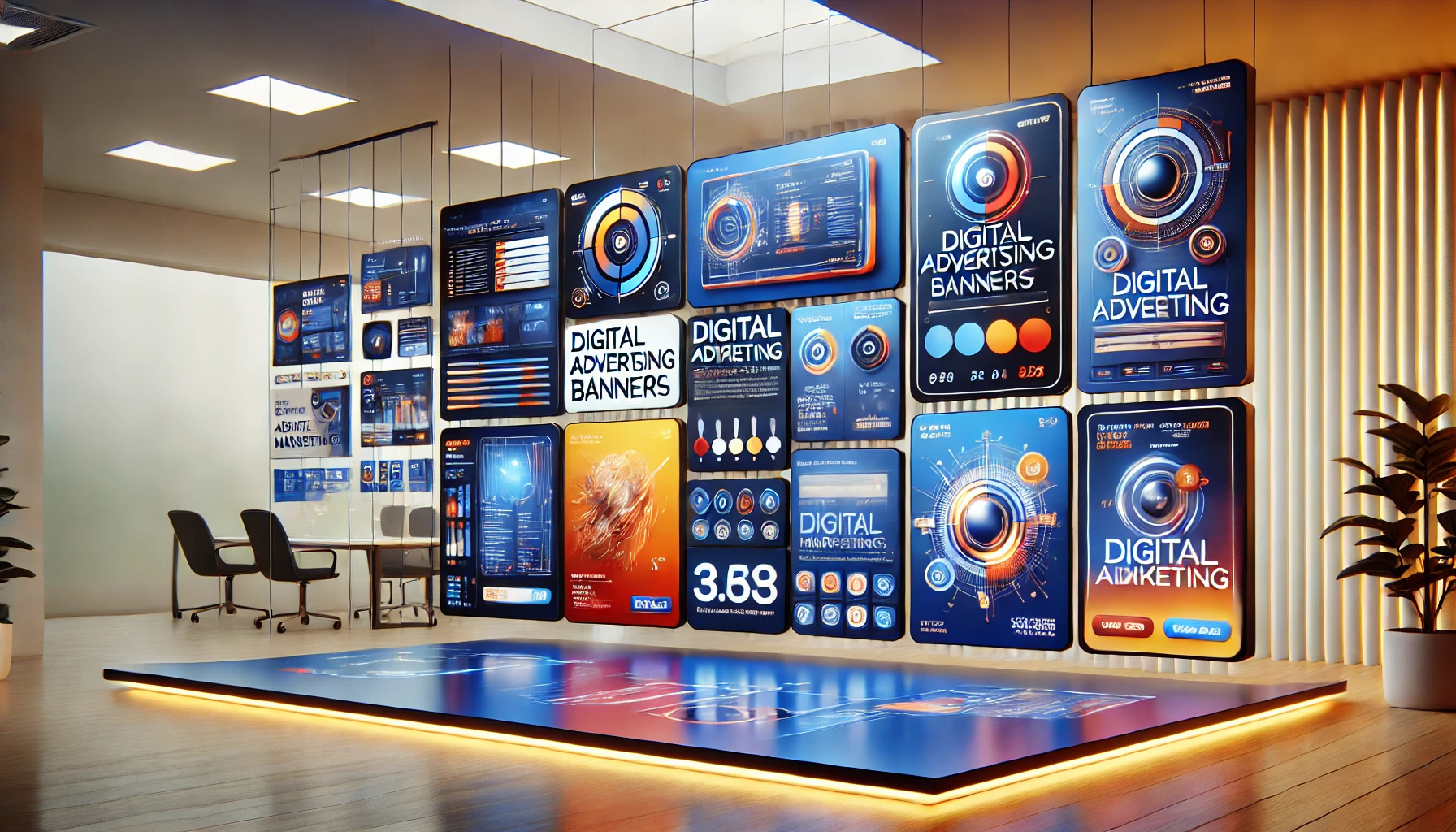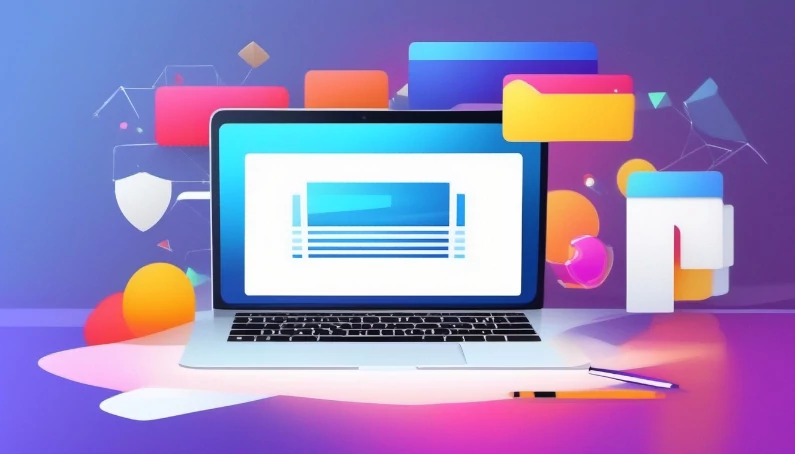Day: November 29, 2024
-
Web banners: what are online advertisements?
What is a web banner and why is it important? A web banner is a graphic format used to promote a product or service on a webpage. It is one of the most common tools in online advertising, integrated into campaigns to capture users’ attention. These visual spaces, often appearing in strategic spots on a…
Written by

-
Introduction to Web Design: guidelines
What is Web Design What is Web Design? It is the art of combining creativity, technology and functionality to create websites that are aesthetically pleasing and easy to navigate. It deals with designing the visual appearance and interactivity of a site, while ensuring an optimal user experience. This process includes a wide range of activities,…
Written by

